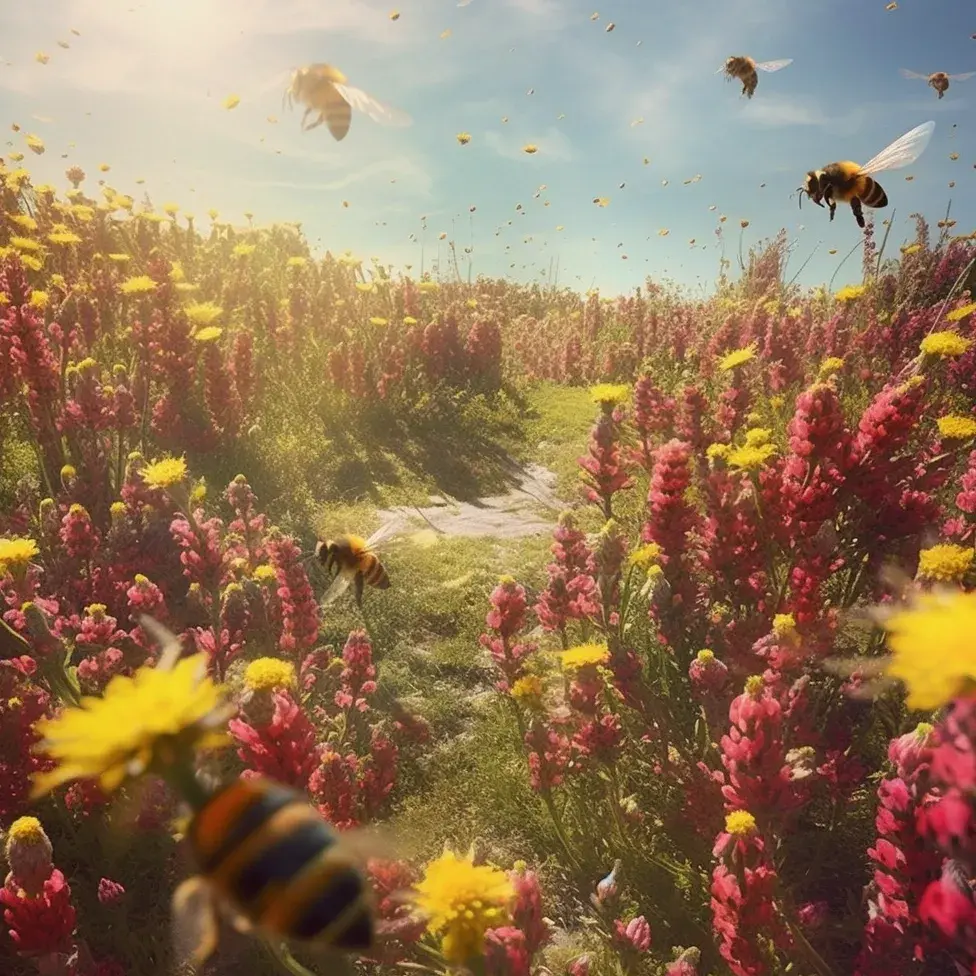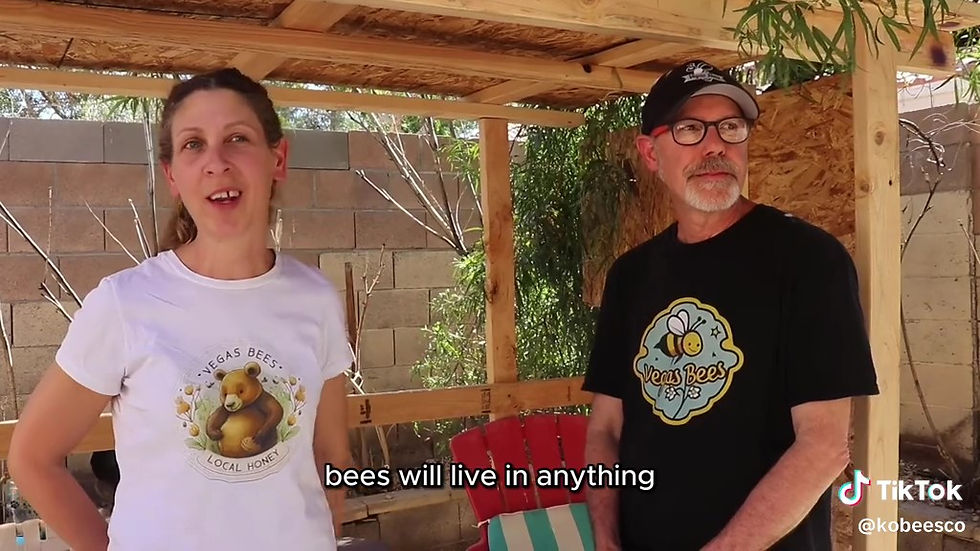
The Incredible Journey: How Bees Navigate Their World and Why It Matters
Imagine you're a tiny bee, buzzing out of your hive on a mission to find the sweetest nectar. The sun is shining, the flowers are blooming, and the world is your playground.
But how do you find your way in this vast landscape? Today, we're going on an incredible journey to discover the fascinating world of bee navigation.
We'll explore how these tiny creatures use natural phenomena, behavioral mechanisms, and even their senses to find their way. And we'll also delve into why understanding these master navigators is crucial for our own survival.
The Sun: Nature's GPS
Bees have an extraordinary relationship with the sun. According to research by Dyer and Dickinson, they possess an internal clock that tracks the sun's movement across the sky.
This "natural GPS" allows them to maintain their bearings even when the sun is hidden behind clouds. It's as if they have a built-in compass that's always pointing them in the right direction.
Seeing the Light: Polarization Vision
But what happens when the sun is nowhere to be seen? Bees have a backup plan. They can detect polarized light, which reveals the point in the sky farthest from the sun.
This unique vision allows them to figure out where the sun is, even when it's not directly visible. It's like having a secondary navigation system that kicks in when the primary one is out of sight.
The Magnetic Connection
Researchers Hsu and Li have discovered another fascinating tool in the bee's navigational toolkit: the ability to sense magnetic fields.
While the exact mechanism remains a mystery, bees have sensory cells containing magnetic iron oxide that helps them maintain their heading. It's as if they have a third navigation system, one that's entirely invisible to the human eye.

Landmarks and Memory: The Bee's Roadmap
Just like human hikers use mountain peaks and trail markers to find their way, bees also rely on landmarks. According to Cheng, they utilize features like trees, rocks, and flowers to orient themselves.
These landmarks are stored in their memory, creating a mental atlas that helps them pinpoint their hive's location and find new food sources.
The Power of Scent
Bees also use their sense of smell to navigate. Research by Reinhard, Srinivasan, and Zhang shows that they pick up scent trails from flowers and follow these olfactory cues to locate nectar sources.
Additionally, pheromones from the hive guide them back home, even from long distances.
The Waggle Dance: A Language of Movement
One of the most captivating behaviors in the bee world is the waggle dance. When a worker bee finds a new source of food, she returns to the hive and performs a dance that communicates its location.
According to Von Frisch, the duration and angle of the dance convey the distance and direction of the food source, allowing other bees to find it easily.
The Threats They Face
Despite their incredible navigational skills, bees are under threat. Climate change, habitat loss, and pesticides are just some of the challenges they face.
According to a study by Potts and colleagues, these disruptions threaten not only the bees but also the essential pollination services they provide.

Why It Matters and How You Can Help
Understanding the complex world of bee navigation isn't just fascinating; it's also crucial for our own survival. Bees play a vital role in pollinating the plants that make up our food supply.
So what can you do to help? Plant bee-friendly flowers, support local beekeepers, and advocate for policies that protect these amazing creatures.
Conclusion
The world of bee navigation is a complex interplay of natural phenomena, behavioral mechanisms, and sensory cues. These tiny creatures have much to teach us, not just about navigation but also about resilience and adaptation.
By understanding and protecting them, we're also taking steps to secure our own future.
References:
Dyer, F., & Dickinson, J. (1994). Development of sun compensation by honeybees. Nature, 372(6501), 161-163.
Hsu, C. Y., & Li, C. W. (1994). Magnetoreception in honeybees. Science, 265(5173), 95-97.
Cheng K. (2000). How honeybees find a place: lessons from a simple mind. Animal Learning & Behavior. 28(1):1-15.
Reinhard, J., Srinivasan, M. V., & Zhang, S. (2004). Olfaction: scent-triggered navigation in honeybees. Nature, 427(6973), 411-411.
Von Frisch, K. (1967). The dance language and orientation of bees. Cambridge, MA: Harvard University Press.
Potts, S. G., et al. (2016). Safeguarding pollinators and their values to human well-being. Nature, 540(7632), 220-229.
Betsy and Pete
Las Vegas, Nevada
About Us: The Authors

We're Betsy and Pete, passionate Las Vegas beekeepers trained by a master in the field. With hundreds of successful bee and bee swarm removals under our belts, we're not just experts; we're enthusiasts committed to the well-being of these incredible pollinators.
We manage dozens of beehives, both natural and honey-bearing at our Joshua Tree Preserve.
Our Commitment to Excellence
Education is an ongoing journey, especially in a dynamic field such as beekeeping. That's why we continually update our knowledge base, collaborate with other experts, and stay up to date with the latest advancements in bee control methods and beekeeping practices.
We also provide top-tier beekeeping supplies, offering everything a beekeeper needs, from beginners to experts.
.png)